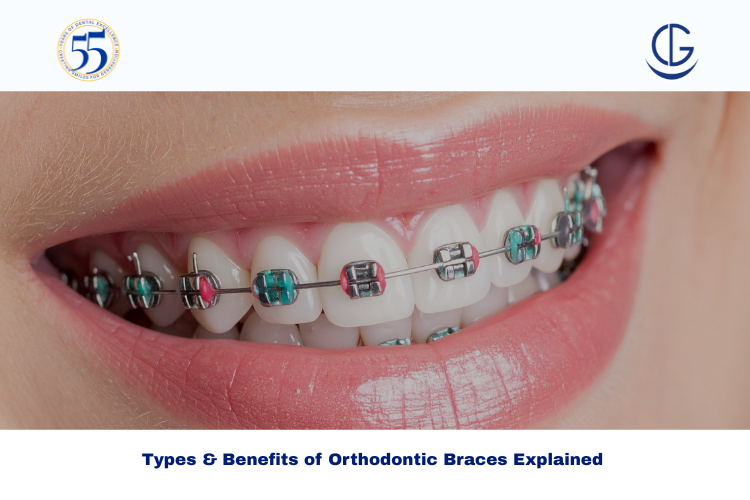Schedule Appointment




When it comes to achieving a healthy and confident smile, Orthodontic Braces remain one of the most effective solutions. Whether you’re dealing with crooked teeth, bite issues, or jaw misalignment, braces can significantly improve both dental function and appearance. At Dr Gowds Dental Hospital in Hyderabad, patients receive advanced orthodontic treatments tailored to their unique needs, helping them achieve long-lasting results.
In this article, we’ll explore the different types of orthodontic braces, their benefits, and the treatment process in detail. We’ll also highlight why professional consultation is essential before starting your journey to a better smile.
Orthodontic braces are dental devices used to correct misaligned teeth and jaw irregularities. They work by applying continuous pressure over time, gradually shifting teeth into the desired position. Today, orthodontics has advanced to offer multiple options beyond traditional metal braces, making treatment more comfortable and aesthetically pleasing.
Best suited for: Patients with severe misalignment or bite issues.
Best suited for: Teenagers and adults seeking a discreet option.
Best suited for: Individuals conscious about appearance but requiring fixed braces.
Best suited for: Adults with mild to moderate misalignment.
Best suited for: Patients seeking efficiency with fixed braces.
A thorough dental evaluation including X-rays, photographs, and impressions of your teeth. At Dr Gowds Dental Hospital, orthodontists carefully assess your case to determine the best treatment plan.
Based on your diagnosis, the orthodontist recommends the most suitable type of braces.
The braces or aligners are fitted, and the orthodontist explains how to maintain oral hygiene during treatment.
Periodic check-ups ensure teeth are moving correctly. Adjustments may involve tightening wires or changing aligner sets.
Once teeth reach their ideal position, a retainer is used to maintain the results and prevent relapse.
Orthodontic Braces have transformed millions of smiles by correcting alignment issues and improving oral health. With options ranging from traditional metal braces to invisible aligners, there’s a solution for every lifestyle and need. The key to success lies in choosing the right treatment under professional guidance.
If you’re considering braces, schedule a consultation with Dr Gowds Dental Hospital to explore your options and take the first step toward a confident, healthy smile.
On average, treatment lasts 18–24 months, but it varies depending on the severity of misalignment and the type of braces chosen.
Some discomfort is common after adjustments, but modern braces are designed to minimize pain. Over-the-counter pain relief usually helps.
The cost depends on the type of braces (metal, ceramic, aligners) and complexity of treatment. Consulting a specialist like Dr Gowds Dental Hospital provides a precise estimate.
Yes, adults of all ages can benefit from orthodontic treatment. Options like ceramic braces and clear aligners are popular among adults.
Yes, maintaining good oral hygiene, avoiding hard foods, and attending regular check-ups are essential to ensure effective results.